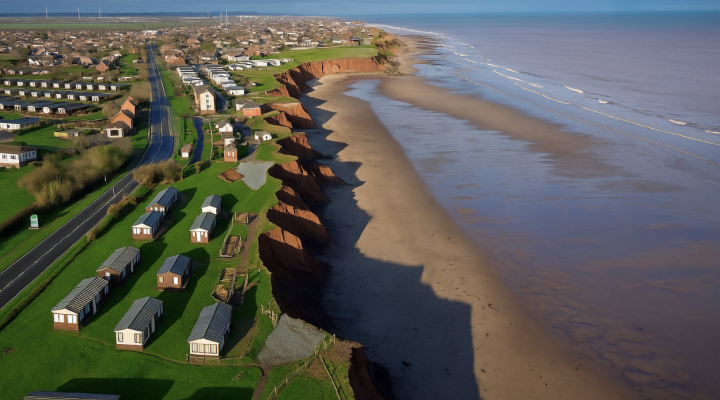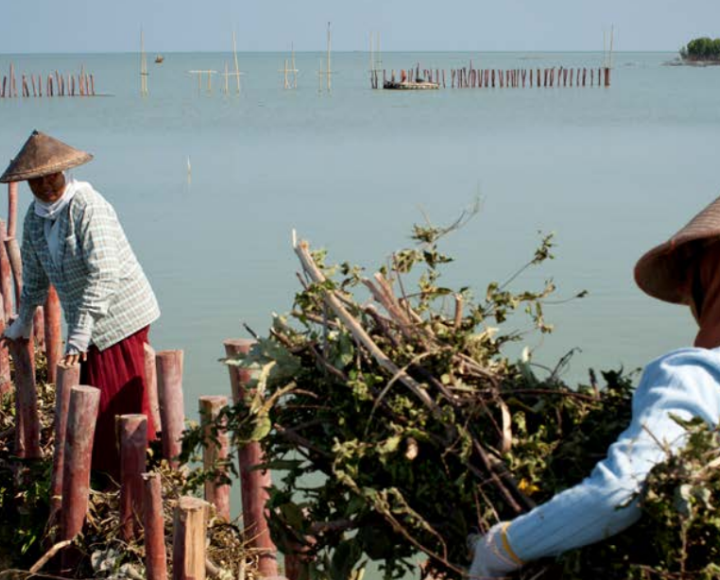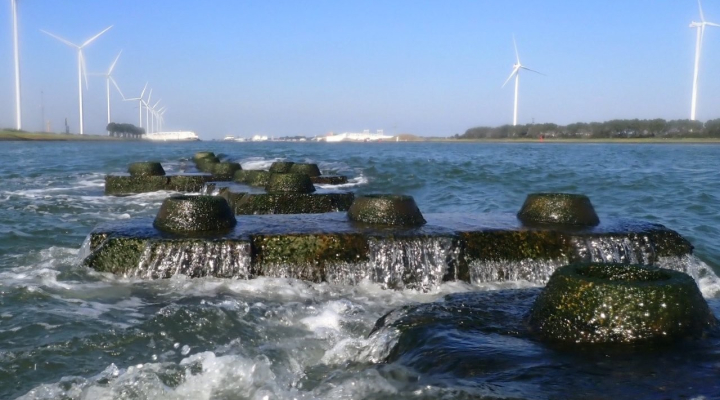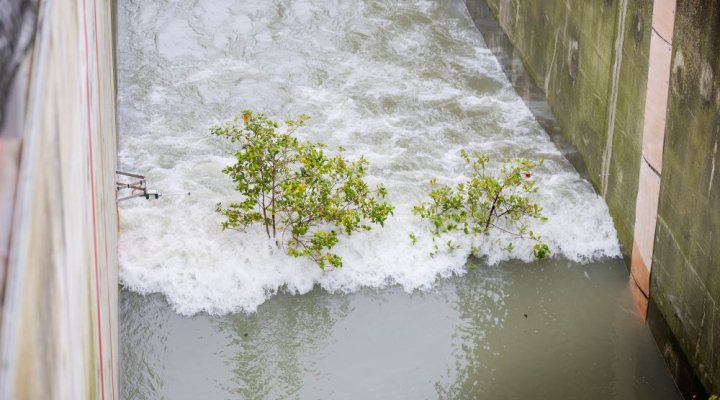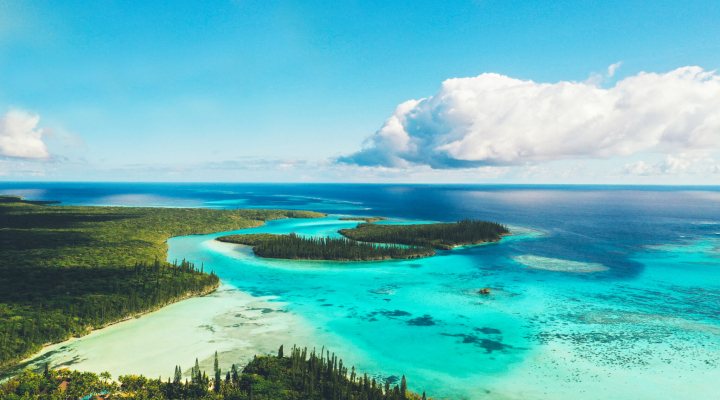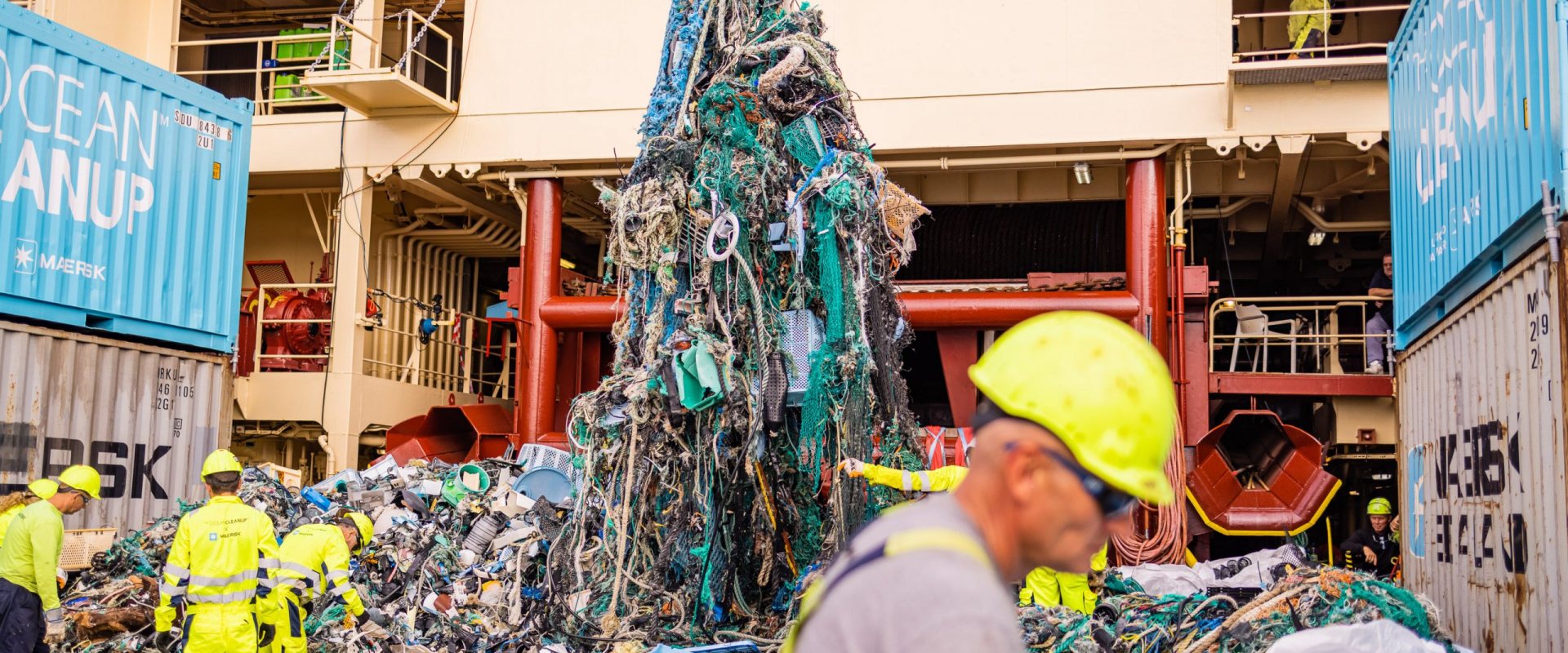
Ocean Cleanup, ready for the big catch
The Ocean Cleanup has successfully completed its large scale trash collection tests from the Great Pacific Garbage Patch.
In addition to initial smaller tests in September, it now managed to catch big volumes of trash and brought in 28 ton of garbage from the ocean. The prototype design is now ready for scale up.
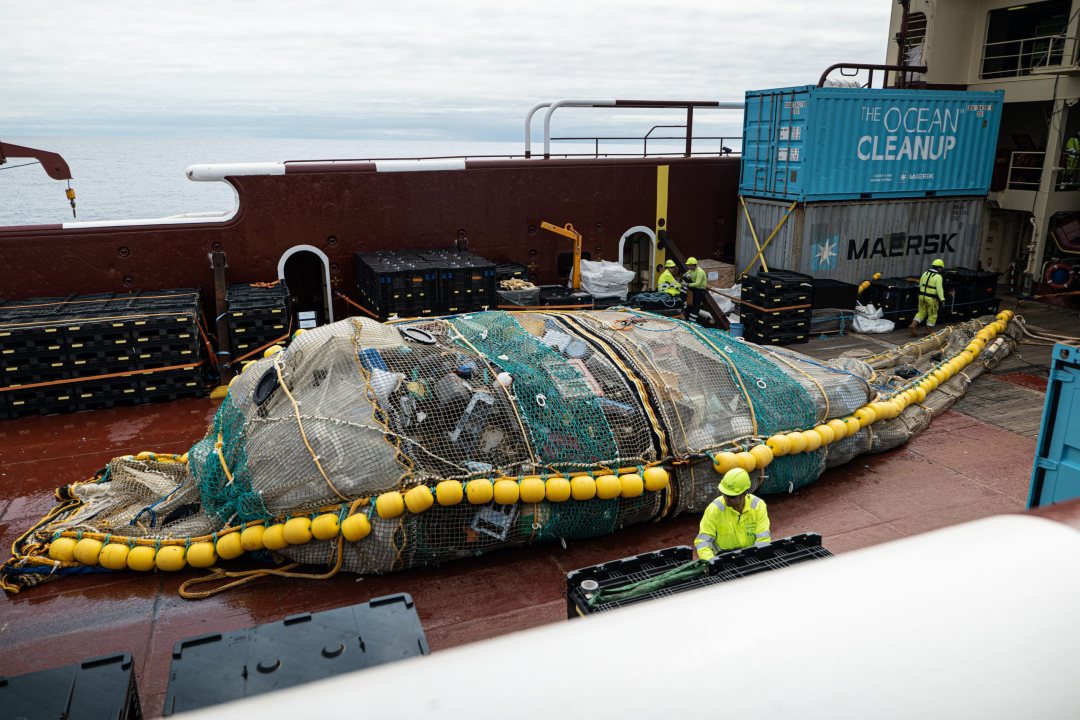

Stable and scalable design
Eight years after its founding and three years since launching its first cleanup system, the organisation has harvested plastic with a scalable ocean cleanup design.
The second prototype has proven to be a stable system for large scale collection of debris. From nine test extractions, the organisation collected a total of 28,659 kilograms (63,182 pounds) of plastic from the ocean, of which 9,014 kilograms (or 19,872 pounds) was removed in a single haul.
To authenticate claims of origin and amount, all harvested plastic is and will be tracked, traced, and verified through certification body DNV using its identity preserved chain of custody model.
Most important kilograms
‘Today, I am most proud of the team and supporters for their dedication and perseverance that brought us to this moment’, says Boyan Slat, Founder and CEO of The Ocean Cleanup on the occasion of the arrival of the biggest plastic catch at Victoria Harbour, Canada.
‘Getting here was not always easy, but we remained focused on our mission and its necessity’, Slat continued. ‘While it’s just the tip of the iceberg, these kilograms are the most important ones we will ever collect, because they are proof that cleanup is possible. We still have a lot of things to iron out, but one thing we know now is that, with a small fleet of these systems, we can clean this up.'
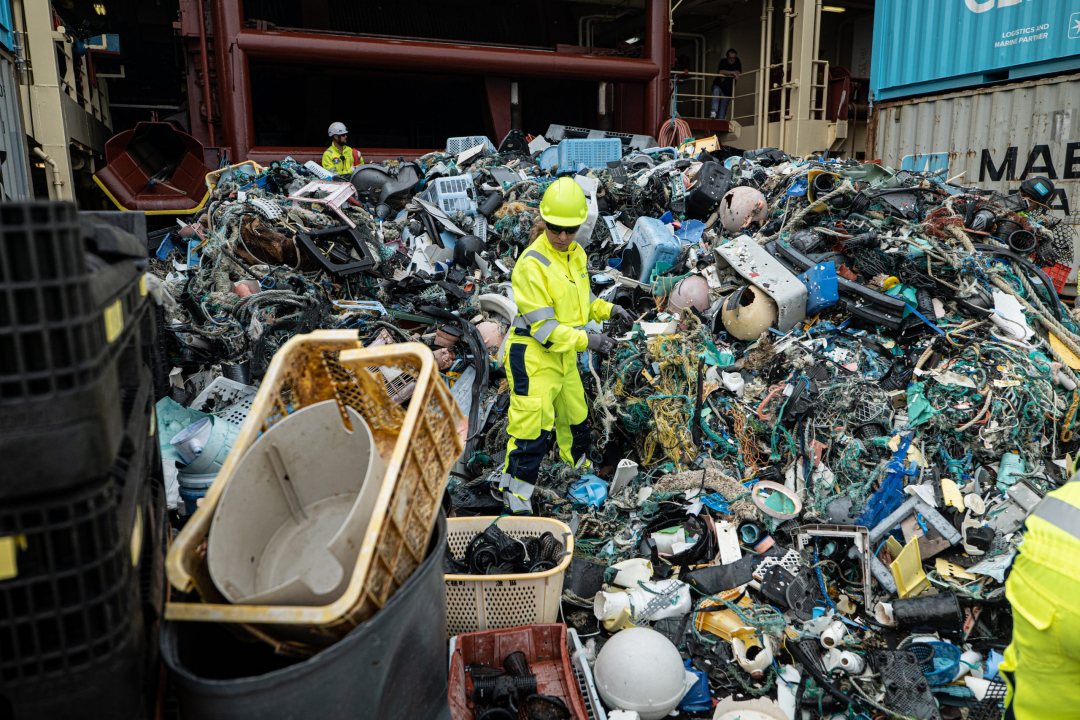

Focus on real cleanup
The Ocean Cleanup has ended its testing campaigns in the gyre, shifting its focus to cleanup; while, simultaneously initiating the development of the larger, upgraded System 003, which is expected to be the blueprint design for scaling to a fleet of systems.
The design of System 003 is expected to be three times larger with a length of 2.5 kilometers. It will be the blueprint from which the organisation can develop a fleet of systems for cleaning the oceans reducing 50 percent of the plastic soup in the Pacific Ocean’s circulating gyre every five years.
Meanwhile The Ocean Cleanup will continue the cleanup operations with its system 002 prototype and its Interceptor systems at several river mouths around the world.




